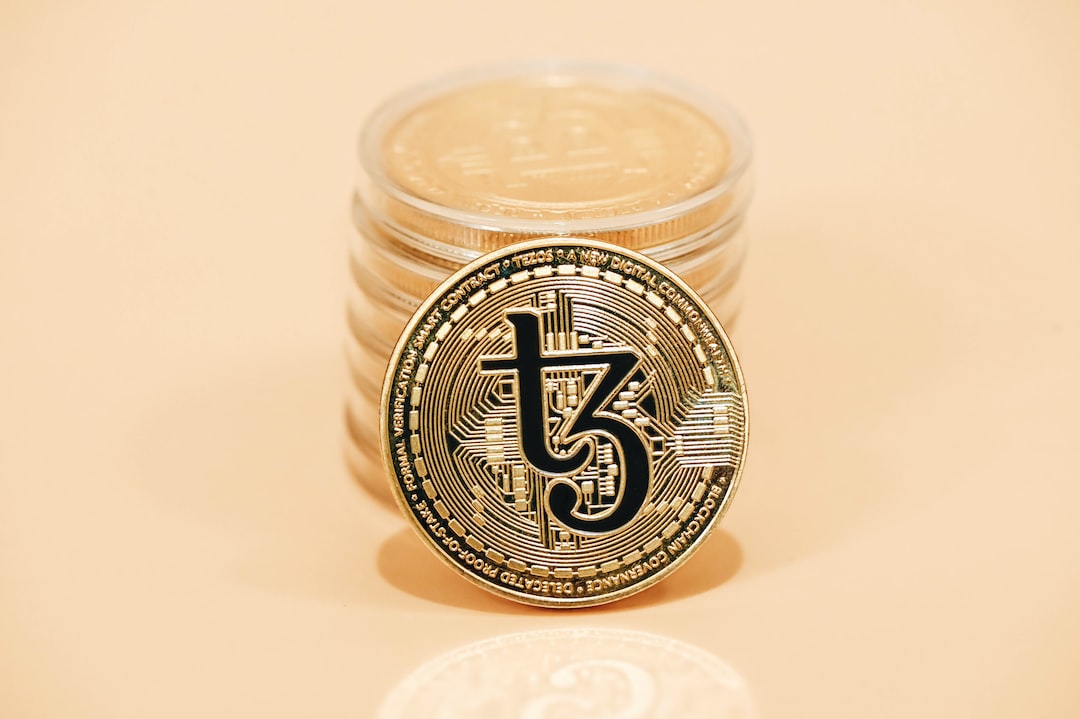The Impact of Oscillators on Crypto Market Volatility
Welcome to the fascinating world of cryptocurrencies! If you’re new to this exciting space, you might have heard about the unpredictable nature of crypto market volatility. In this article, we will explore how oscillators can greatly influence the volatility of the crypto market, and how understanding them can help you make more informed investment decisions.
Before we dive into the details, let’s briefly explain what oscillators are. In the world of trading, an oscillator is a technical analysis tool used to identify potential market trends. It measures the momentum or speed of the price movement of an asset, indicating when it might be overbought or oversold. In simpler terms, oscillators help traders determine whether an asset is likely to reverse its current trend.
When it comes to cryptocurrencies, oscillators play a crucial role in assessing market volatility. Volatility refers to the rapid and significant price fluctuations that are characteristic of the crypto market. It’s what makes cryptocurrencies both attractive and risky for investors. Oscillators can give you valuable insights into when a particular cryptocurrency may experience a potential price reversal or consolidation.
One popular oscillator widely used in crypto trading is the Relative Strength Index (RSI). It is a momentum oscillator that measures the speed and change of price movements. RSI ranges from 0 to 100 and is typically displayed as a line graph. When the RSI value crosses above 70, it indicates that the cryptocurrency may be overbought and due for a price correction. Conversely, if the RSI falls below 30, it suggests that the cryptocurrency may be oversold and due for a potential price increase.
By paying attention to the RSI, you can identify potential buying or selling opportunities in the crypto market based on these oversold or overbought conditions. Remember, though, that oscillators should be used in conjunction with other analysis tools to validate your decisions.
Another commonly used oscillator is the Moving Average Convergence Divergence (MACD). Unlike the RSI, MACD is not limited to a specific range. It consists of two lines: the MACD line and the signal line. The crossing of the two lines indicates potential buying or selling signals.
When the MACD line crosses above the signal line from below, it generates a bullish signal, suggesting that the price might increase. On the other hand, when the MACD line crosses below the signal line from above, it generates a bearish signal, indicating that the price might decrease.
Now that you have a basic understanding of how oscillators work, let’s discuss their impact on crypto market volatility. Oscillators can help you gauge the strength and sustainability of a particular price movement. They enable you to identify potential trend reversals or consolidation periods, which can be crucial when deciding whether to enter or exit a trade.
By using oscillators, you can identify when the price of a cryptocurrency is overextended and likely to reverse. This knowledge can help you avoid buying at the peak of an uptrend or selling at the bottom of a downtrend, potentially saving you from significant losses.
However, it’s essential to keep in mind that no indicator or oscillator can provide foolproof predictions. The crypto market is highly volatile and influenced by various factors not captured by technical analysis alone. It’s crucial to conduct thorough research, stay updated with industry news, and consider other fundamental and sentimental analyses alongside oscillators.
Frequently Asked Questions:
1. Can I solely rely on oscillators to make trading decisions in the cryptocurrency market?
No, oscillators should be used in conjunction with other analysis tools and factors. While they provide valuable insights into potential price reversals, they do not consider external factors that might impact the crypto market.
2. Are oscillators suitable for both short-term and long-term trading?
Yes, oscillators can be used for both short-term and long-term trading. Short-term traders might focus on shorter time frames to identify quick price reversals, while long-term traders might use oscillators to assess significant trend changes over longer periods.
3. Are oscillators equally effective for all cryptocurrencies?
No, different cryptocurrencies can exhibit varying levels of effectiveness when applying oscillators. It’s important to consider individual crypto characteristics and market conditions to determine which oscillators work best for each cryptocurrency.
4. How frequently should I monitor oscillators?
The frequency of monitoring oscillators depends on your trading strategy and time commitment. Regularly monitoring them, especially during critical market events or price movements, can provide valuable insights. However, it’s important not to overanalyze, as excessive monitoring can lead to decision paralysis.
In conclusion, understanding and utilizing oscillators can greatly enhance your trading strategy in the volatile cryptocurrency market. By keeping an eye on oscillators such as the RSI and MACD, you’ll be better equipped to identify potential buying or selling opportunities. Remember to use oscillators in conjunction with other analysis tools and factors, and always conduct thorough research before making investment decisions. Happy trading!





 By
By

 By
By
 By
By
 By
By
 By
By